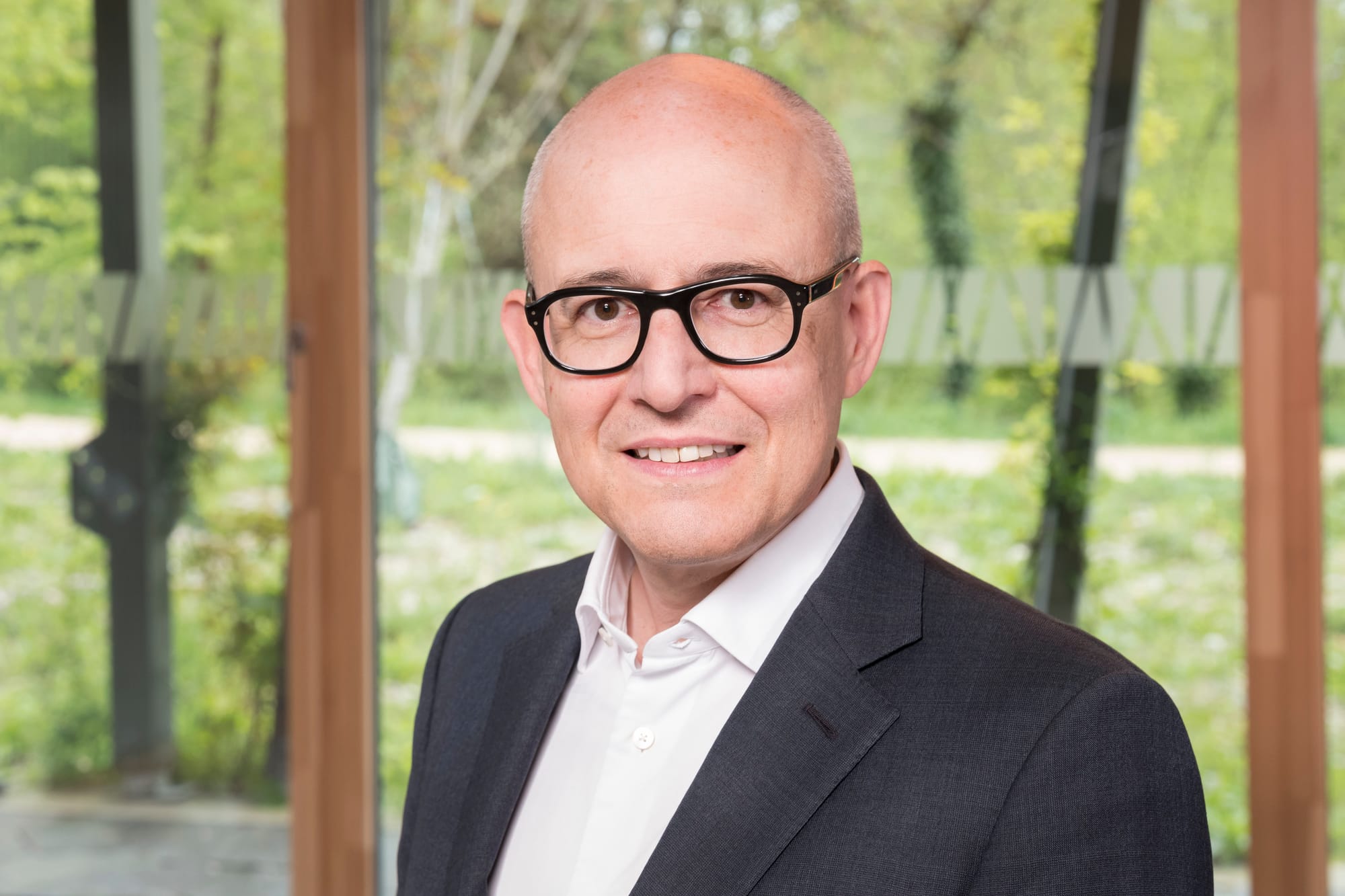"By converting buildings during their renovation in a way that reduces private spaces and increases shared areas, it would be possible to offer each inhabitant more square meters while decreasing the overall area per inhabitant," wrote, in a previous opinion, Philippe Thalmann.
According to the professor of environmental economics at EPFL, this model can be economically viable. "If the same building houses 40 people instead of 30, it becomes possible to increase rental income while reducing the rent per person. The owner thus makes the renovation and transformation of the building profitable. Everyone wins!"
Following the many reactions sparked by this idea of greater sharing of spaces, we wanted to know the opinion of actors and experts in the real estate sector. We are therefore starting a new series of interviews, opening the series with Emanuel von Graffenried, director & partner at Bernard Nicod Conseils SA.
Could increased sharing of spaces be a serious avenue for the future of the real estate sector in Switzerland?
The analysis proposed by Philippe Thalmann highlights the growing relevance of this approach in the Swiss real estate context. At a time when developable land is becoming scarce and densification often presents itself as the only viable option in urban areas, the sharing of spaces appears as a strategic lever to optimize the use of existing resources. Pooling spaces – that is, making them accessible to different types of users, at different times or for different uses – not only allows for better valuation of available square meters, but also responds to new societal expectations.
Among the forms this pooling can take are shared coworking spaces, the joint use of kitchens or technical rooms, or the pooling of mixed-use areas within buildings. This type of organization helps optimize resource use, reduce ecological footprint and meet the growing demand for housing or professional spaces – without systematically resorting to new construction.
However, this approach requires rigorous planning, adapted logistics, as well as regulatory adjustments. Resistance may arise against projects considered too dense or affecting traditional uses of places, as is the case with urban densification. Legal frameworks relating to property law, tenancy or urban planning must therefore evolve to support the implementation of this model. Space pooling, while not a unique solution, nonetheless represents a complementary lever to tackle real estate challenges in Switzerland.
Combined with a space-pooling approach, renovation would not only correct certain structural deficiencies, but also support climate objectives and reduce operating costs for residents – in a fairer way.
Would this pooling of spaces allow more resources to be devoted to renovation rather than to the construction of new housing – thereby making up for Switzerland’s lag in transforming its building stock?
Yes. By concentrating efforts on renovating the existing building stock, it would be possible to mobilize more human resources to modernize the real estate stock. This would help catch up on the delay accumulated in the energy transformation of buildings, while reducing the reliance on new housing construction, a solution that is often more expensive and less sustainable. The benefits include better resource optimization, a reduction in long-term costs, and a finer adaptation to housing needs.
However, several obstacles must be overcome: simplifying administrative procedures, managing local oppositions, as well as the high cost of renovations. Combined with a space-pooling approach, renovation would not only correct certain structural deficiencies, but also support climate objectives and reduce operating costs for residents – in a fairer way.
In conclusion, pooling, envisaged as a spatial management tool, can accompany a transition toward renovation as a major strategic axis. This nevertheless requires coordinated efforts to develop incentive policies, simplify procedures and promote sustainable financing of these projects.
For years, we have heard about the need to reduce dwelling sizes, but the sector seems to remain deaf to this demand...
In the past, dwellings were indeed more spacious, notably because families had more members. Today, although calls to reduce living space are regularly made, the real estate sector is slow to adapt. This gap is explained by several factors: cultural resistance, economic constraints, but also consumer preferences that remain strongly anchored in favor of generous spaces.
The perception of relative inaction by the sector regarding this issue rests on tangible structural and economic factors. Construction efforts remain concentrated on traditional segments — multifamily buildings or high-end housing — due to limited resources and increasing environmental pressures. This trend concerns both the rental market and condominiums (PPE).
The construction of housing that includes smaller units remains hindered by several obstacles: shortage of developable land, local resistance linked to "NIMBY" (Not In My Backyard) effects, and rigid regulations that complicate the introduction of new housing typologies. And this, despite growing demand from young households, seniors or mobile workers.
Initiatives exist, but they remain so far little visible and concentrated in certain regions. To respond more coherently and effectively to the demand for compact housing, a structured commitment and close cooperation between public authorities, investors and municipalities are essential.
To reduce the carbon footprint of the real estate sector, it is crucial to concentrate efforts on energy renovation, increased use of renewable energies, and the integration of climate risks into building management.
What concrete avenues exist to reduce the climate impact of the Swiss real estate sector?
Today, more than 60% of main residential buildings in Switzerland are not yet heated sustainably. Replacing installations running on fossil fuels with more environmentally friendly alternatives — such as heat pumps or district heating — combined with improved thermal insulation would significantly reduce energy consumption and CO₂ emissions.
To reduce the carbon footprint of the real estate sector, it is crucial to concentrate efforts on energy renovation, increased use of renewable energies, and the integration of climate risks into building management. These strategies involve reinforced insulation, the installation of efficient heating and cooling systems, and the development of solutions based on renewable energies, such as solar panels.
With coordinated efforts on these various fronts, the Swiss real estate sector can contribute significantly to the net-zero objective by 2050. It can also increase property values, sustainably improve their environmental performance while reducing energy costs for tenants and owners.
The real estate sector is currently facing an oversupply of offices. Could these spaces, once redeveloped, meet the growing need for housing that incorporates more shared spaces?
The conversion of vacant offices into housing with shared spaces represents an opportunity to optimize the use of existing land, while reducing costs and limiting the consumption of new resources. Such an approach, both sustainable and economical, would nevertheless require close coordination between real estate developers, local authorities and architects, as well as financial incentives and regulatory flexibility.
Although promising, this approach will depend on political will and the ability of actors in the Swiss real estate sector to collaborate effectively.
This article has been automatically translated using AI. If you notice any errors, please don't hesitate to contact us.




